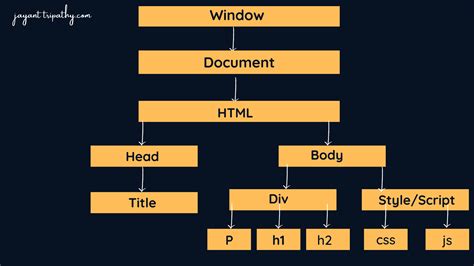The nuanced distinctions between HTML attributes and DOM properties often serve as a cornerstone for both confusion and enlightenment in web development. Attributes are defined directly in the HTML and are visible as part of the element’s initial state in the markup. Properties, however, are the values maintained by the DOM in the browser, which can change dynamically and are not always visible in the HTML. Understanding these differences not only aids in writing more efficient code but also illuminates the deeper mechanics of web interactions.
One of the more perplexing aspects of this dichotomy is how certain attributes and properties reflect one another, a concept known as ‘reflection’. For example, the ‘id’ property of a DOM node is reflective of its ‘id’ attribute. This means changes to the property affect the attribute and vice versa. However, this is not universal. The ‘value’ attribute on an input field, for example, is only reflective in its default state; changes to the ‘value’ property do not modify the attribute after user interactions, showcasing a part of the complexity involved in the interaction between HTML and the DOM.
Custom elements in web development spotlight an interesting use case for the sophisticated handling of attributes and properties. These elements, which extend the capabilities of standard HTML elements, rely heavily on the flexibility provided by HTML’s ability to handle data with attributes and properties dynamically. For instance, a custom video element might use ‘srcObject’ to directly receive a media stream, a capability that cannot be effectively accomplished with string attributes alone. This demonstrates the necessity of properties in handling complex data types that attributes, constrained to string values, cannot manage.
The debate over the convenience and utility of DOM properties versus attributes often extends into discussions on web components’ architecture. It’s highlighted how properties enable a more dynamic and interactive application design. By treating properties as inherent parts of the DOM, rather than mere reflections of static attributes, developers can create more robust, stateful web applications. This handling contrasts notably with simple web pages where attributes alone might suffice but falls short in modern web applications that demand dynamic interactions.
The sophistication of handling attributes and properties further branches into how frameworks and libraries utilize these features. React, for instance, uses ‘className’ instead of ‘class’ to refer to CSS class attributes. This abstraction, while seeming trivial, plays into how React manages the DOM and synchronizes it with its virtual DOM. Such nuances underscore the layered complexities of modern web development frameworks and how they strive to streamline client-side programming.
In broader terms, the industry’s evolution towards more complex web applications necessitates a deeper understanding of the underlying technologies like HTML, DOM, and JavaScript. The intricacies of attributes and properties not only influence performance but also affect how security, accessibility, and compatibility are implemented in web technologies. As web standards evolve, so too must the developers’ understanding of these fundamental concepts to fully leverage the web’s capabilities for dynamic and interactive user experiences.


Leave a Reply